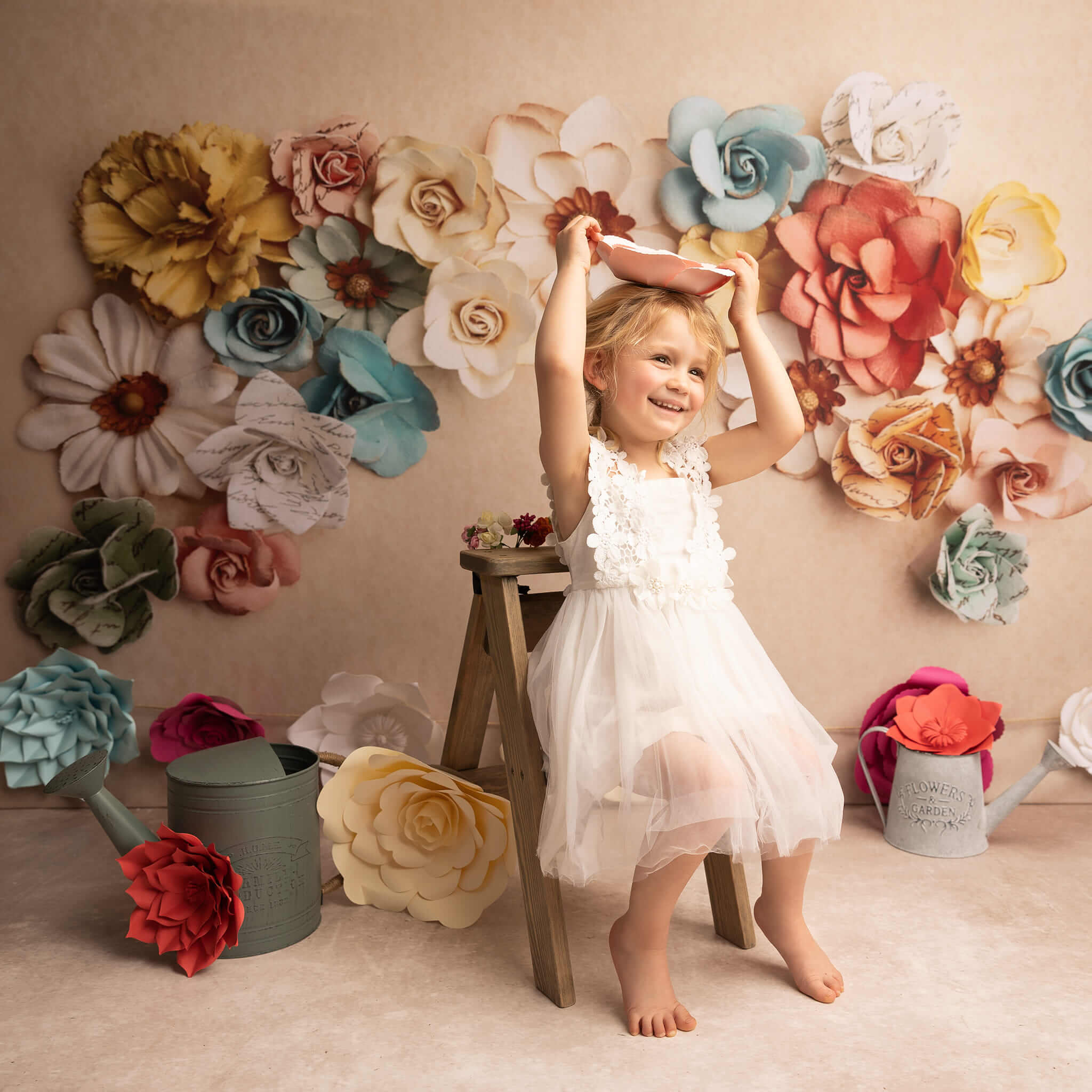Creative outdoor photography allows you to create endless choices to show creative expression. A good location makes an image visually appealing, while good gear contributes to excellent quality. This guide will help you find ideas for suitable locations, the gear to use, and tips for outdoor photography.
10 Locations For Outdoor Photography
1. Amusement Park
Amusement parks are dynamic settings for photography. The diverse architectural designs in parks provide captivating subjects that enrich your pictures. The colors and varied lighting give distinctive themes that are great to capture.
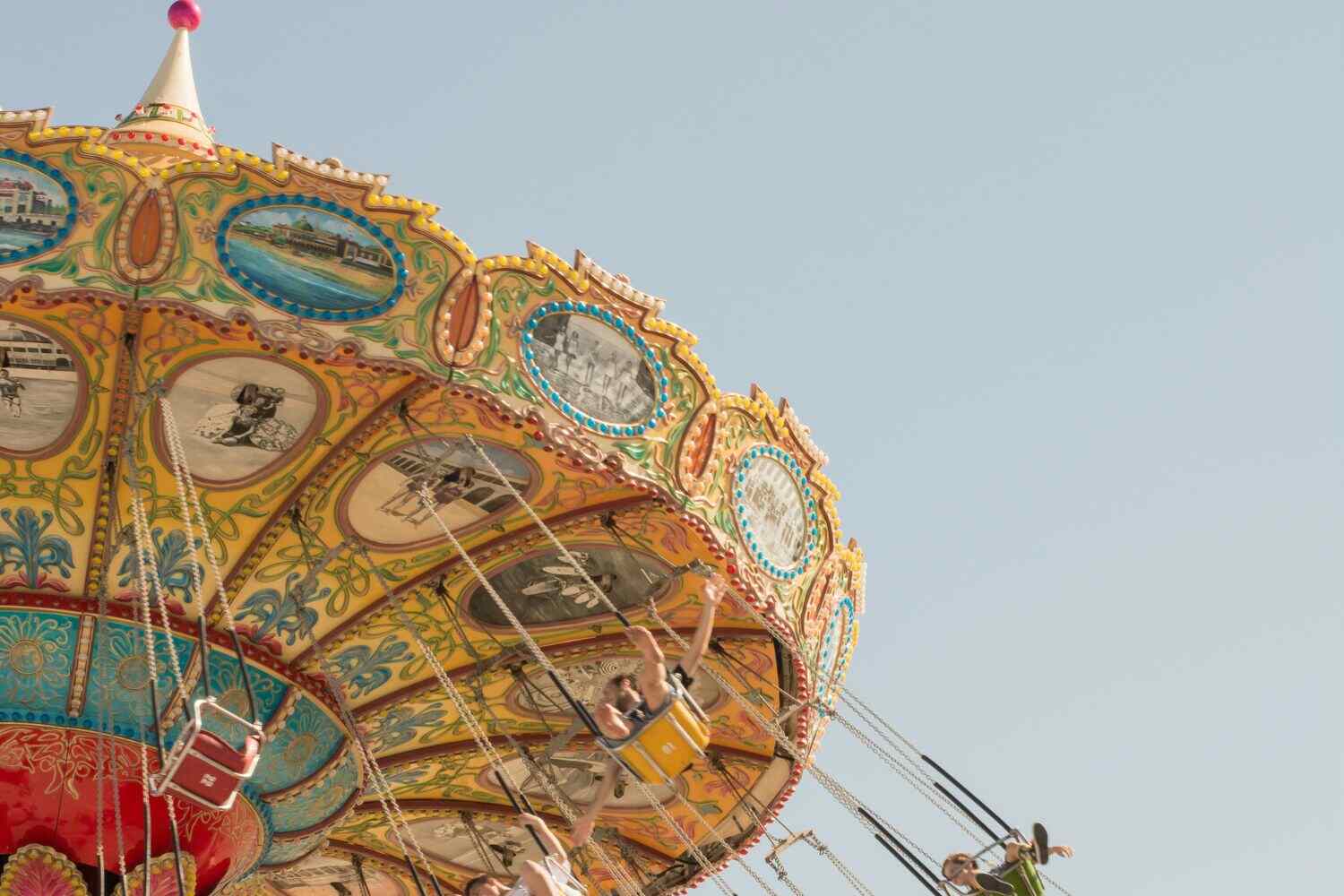
Photo by Stephanie Guarini on Unsplash
2. Forest
The forest evokes the emotions of tranquillity and a breath of fresh air. The trees and the bushes add to the depth of the composition of your image. The changing season also creates a richer canvas for seasonal orchestration.

Photo by Sane Sodbayar on Unsplash
3. Coastal Areas
The beach offers visually appealing backdrops with sunsets, waves, and sand. The ever-changing sky and tides create a captivating canvas for your images. The waves form leading lines that draw the viewer's eye into the image. The beach's sand texture creates ripples that add depth to the overall composition of your photographs.
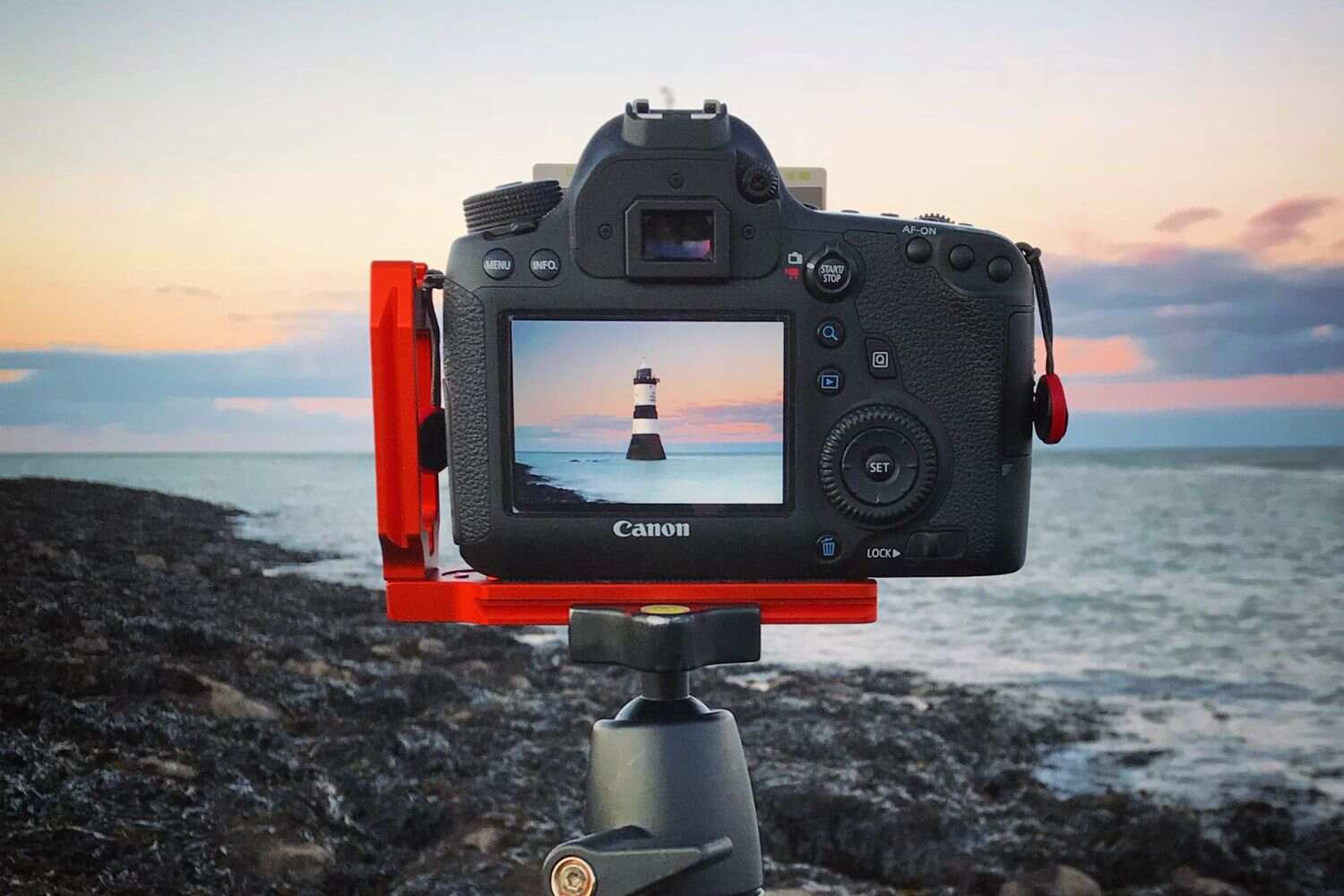
Photo by Neil Mark Thomas on Unsplash
4. Coffee Shop
Photos in cafes need creativity and attention to the ambiance. A cafe offers multiple props that you could photograph. Examples are cups and the interior decor. With a significant focus on detail and the use of the rule of thirds, you should be able to capture great photos.

Photo by Alisa Anton on Unsplash
5. Mountains
The mountains offer diverse landscapes that are visually appealing. The change in weather conditions adds to the number of portraits you can take. Mountain photography could also be an excellent place to express creativity through your compositions.
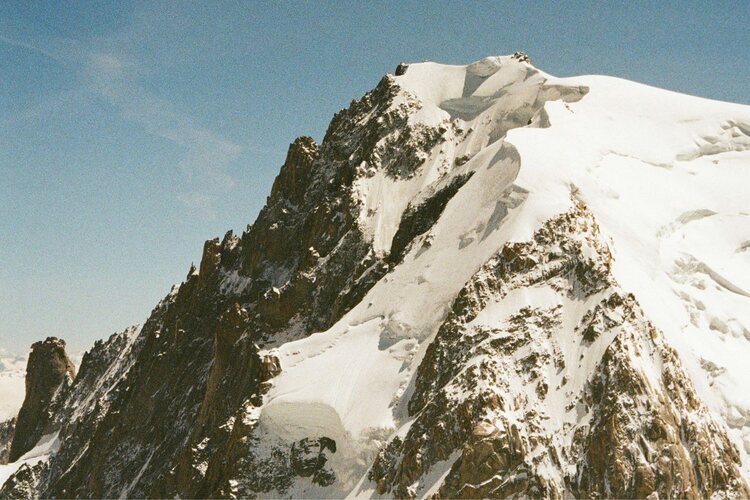
Photo by Leo Pichler on Unsplash
6. Streets
Architectural styles, vibrant street life, and diverse activities make the streets your best location to take photos. Architecture gives you the freedom to experiment with different designs and textures, which are key components of creative photography. Photographing the activities in the streets will also add to the visual elements of the photos.
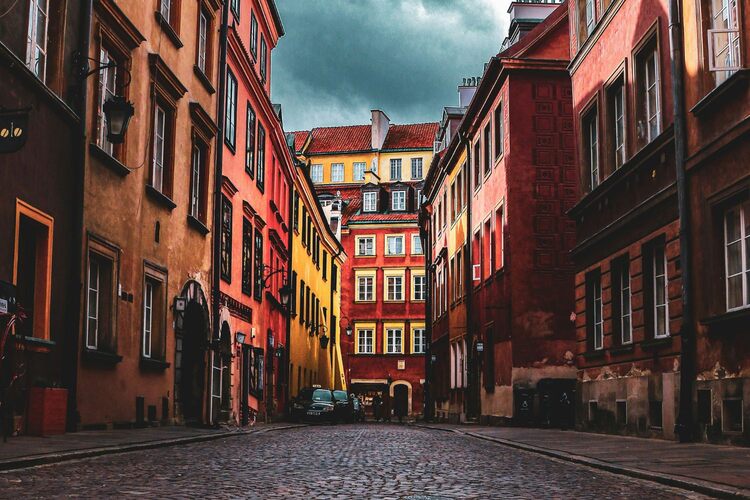
Photo by Mohammed Ajwad on Unsplash
7. Mural Surfaces
Murals are rich in color. Using graffiti as the backdrop of your photos makes them visually appealing. Apart from being visually appealing, graffiti backgrounds can be a subject in your portrait without adding any other focal subject. This will add a touch of grunge to your pictures.

Photo by Dan Gold on Unsplash
8. Empty Structures
Empty structures allow you to focus on design, symmetry, and architectural details without obstruction. They could also evoke the emotions of solitude and reflection. You have to play with lighting while taking photos to create the intended emotions.

Photo by Pat Whelen on Unsplash
9. Botanic Areas
Gardens have a variety of plants and flowers. The pathways and architectural composition equally contribute to your focal points. You can also take portraits of butterflies and any other animal in the garden.

Photo by Soliman Cifuentes on Unsplash
10. Countryside
Countrysides have scenic landscapes that contribute to a great composition of your portrait. Other things to look out for are:
- Sunsets
- Sunrise
- Rivers
- wildlife
All these components create captivating shots for your photographs.

Photo by Yang Song on Unsplash
2. 10 Tips For Outdoor Photography
1. Make good use of light when shooting
Good lighting enhances the details of your photographs. If you want warm tones and subtle variations, golden hours(both sunrise and sunset) will work well.
2. Apply the rule of thirds
Dividing your frame into a 3x3 grid helps create a visual balance on your subject. This will help you in positioning your subject to be a focal point.
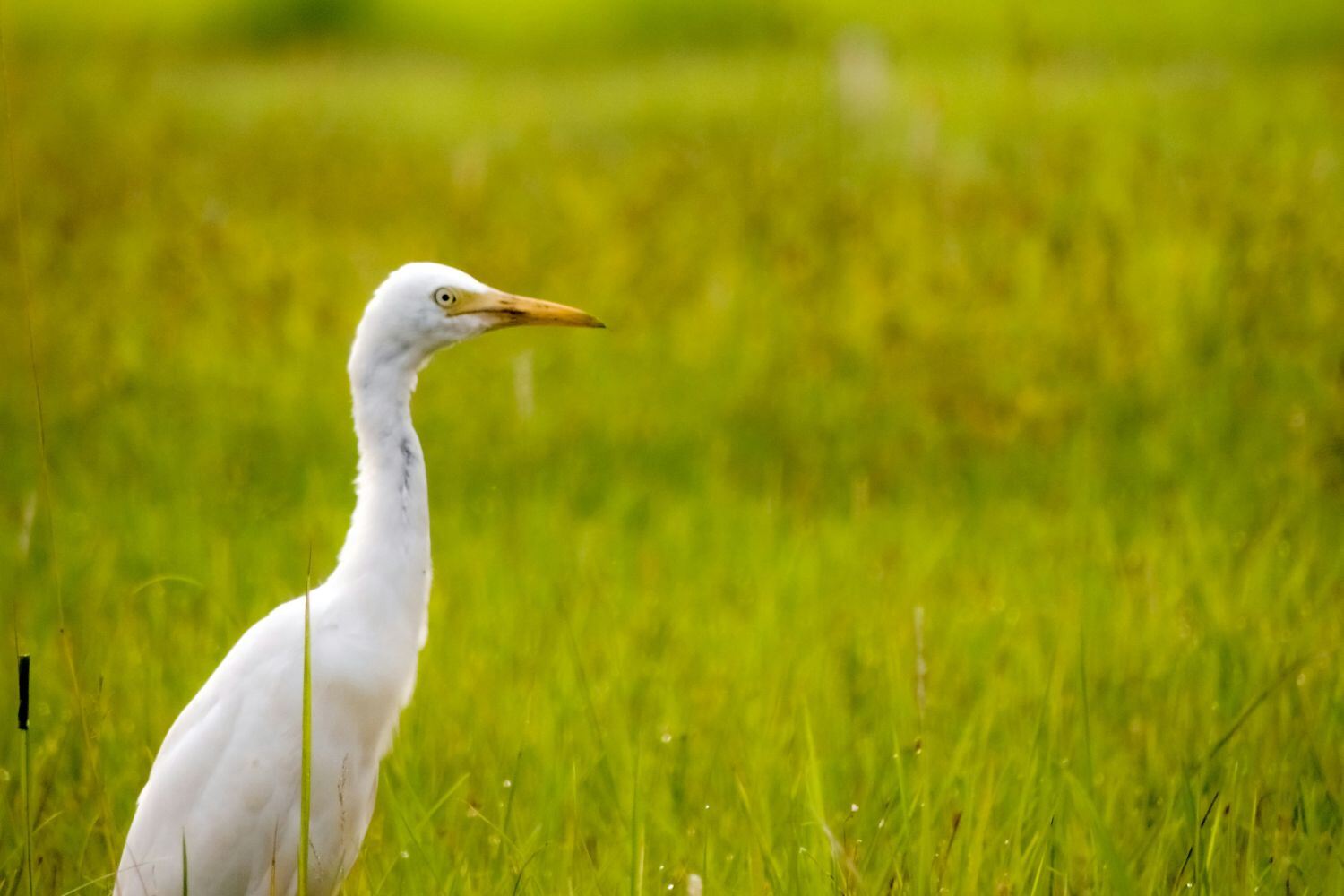
Photo by Polina Abramova on Unsplash
3. Choose a focal point
Focal points in your image draw viewers to the image. Defining your focal points will give you depth and help you tell the emotion you intend to evoke using the portrait taken.
4. Minimalism is effective
Minimalism helps your viewers connect with your image. Your viewers will appreciate the details of the photo and make them connect with the image. Aspiring for minimalism will give you eye-catching photos.

Photo by Polina Abramova on Unsplash
5. Capture moving footage
Motion photography evokes the emotion of action in your images. The portraits will equally show continuity and showcase different elements. This will help you in telling a story.
6. Guide the eyes of the person being photographed in the direction you want it to go
Directing a gaze can emphasize the intentional visual narrative. It will allow you to control the viewer's visual narrative and ensure the key elements are noticed.

Photo by Polina Abramova on Unsplash
7. Maximize Your Photography with Additional Lighting
Additional lighting elevates your outdoor photography by eliminating shadows, accentuating features, and controlling exposure. More light will give your photos a more flattering visual enhancement.
8. Change your point of view
Changing your point of view prevents visual monotony. Varied angles will create a sense of depth and emphasize details that might be overlooked from a different angle. Changing angles will add depth to your images.
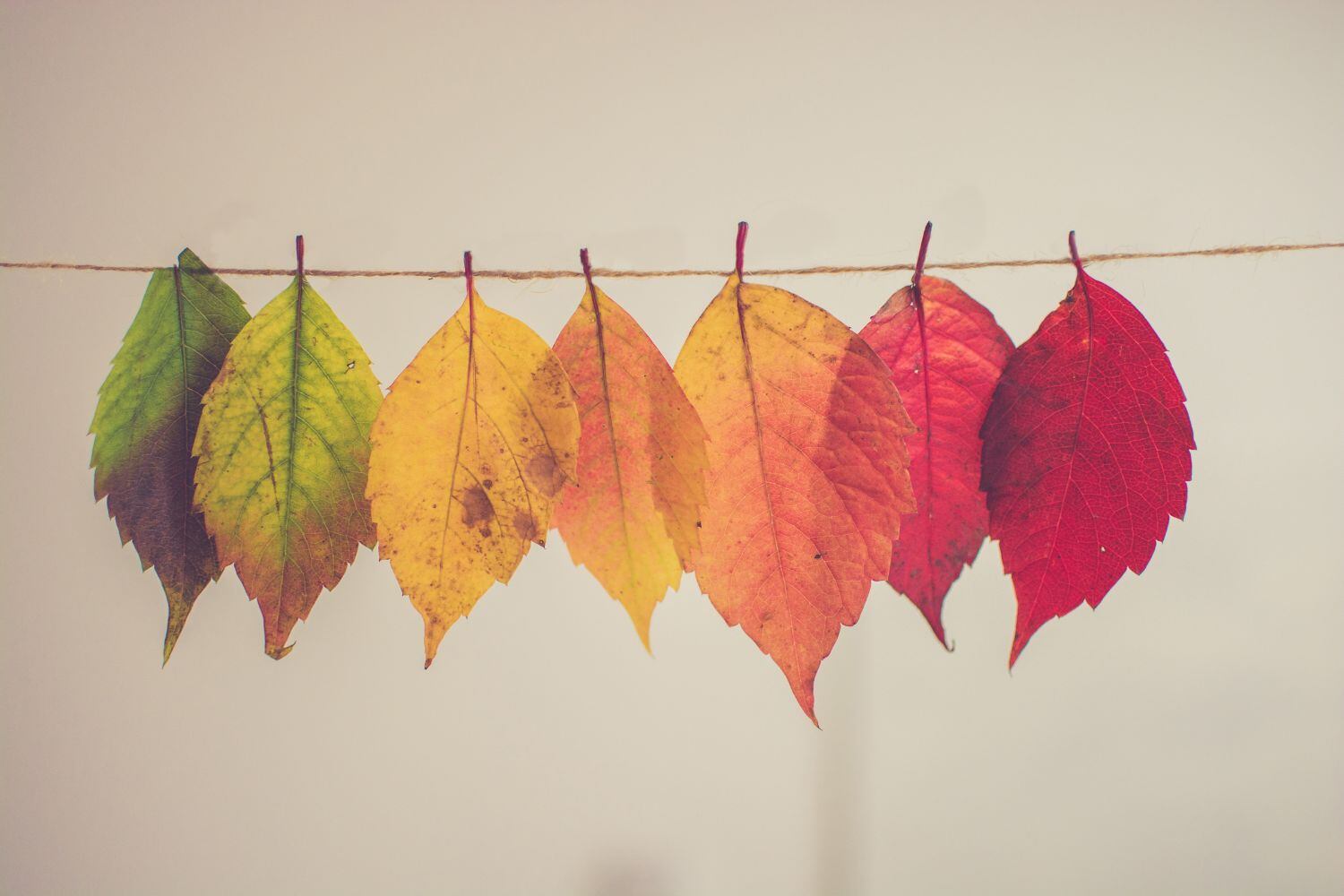
Photo by Chris Lawton on Unsplash
9. Use a long exposure to elevate your outdoor photography
Prolonged exposure will create a sense of motion in your photography. It will also make it possible to capture components that are not visible within short periods. You need to use a sturdy tripod, low light, and a controlled depth of field. You will get exceptional images with unique visual effects.
10. Include humans in your outdoor photos
Humans add context to your image. They could be your focal point. They can also tell a story depending on the activity captured in the photo. This aspect enables the photograph to connect with the viewers.

Photo by Jared Rice on Unsplash
3. Bonus: Exclusive gear for Outdoor Photography
1) Waterproof camera bag
A waterproof camera bag is a must-have for your outdoor photography. The bag will safeguard your camera from the elements of weather and accidental liquid spills.

Photo by Jared Rice on Unsplash
2) Lens Filter
Lens filters enhance the image quality. Here are some of the uses:
- Neutral Density Filter: Reduce the amount of light getting to the lens
- UV Filters: Protects the lens from scratches
- Polarizing Filters: Reduces reflections from non-metallic elements
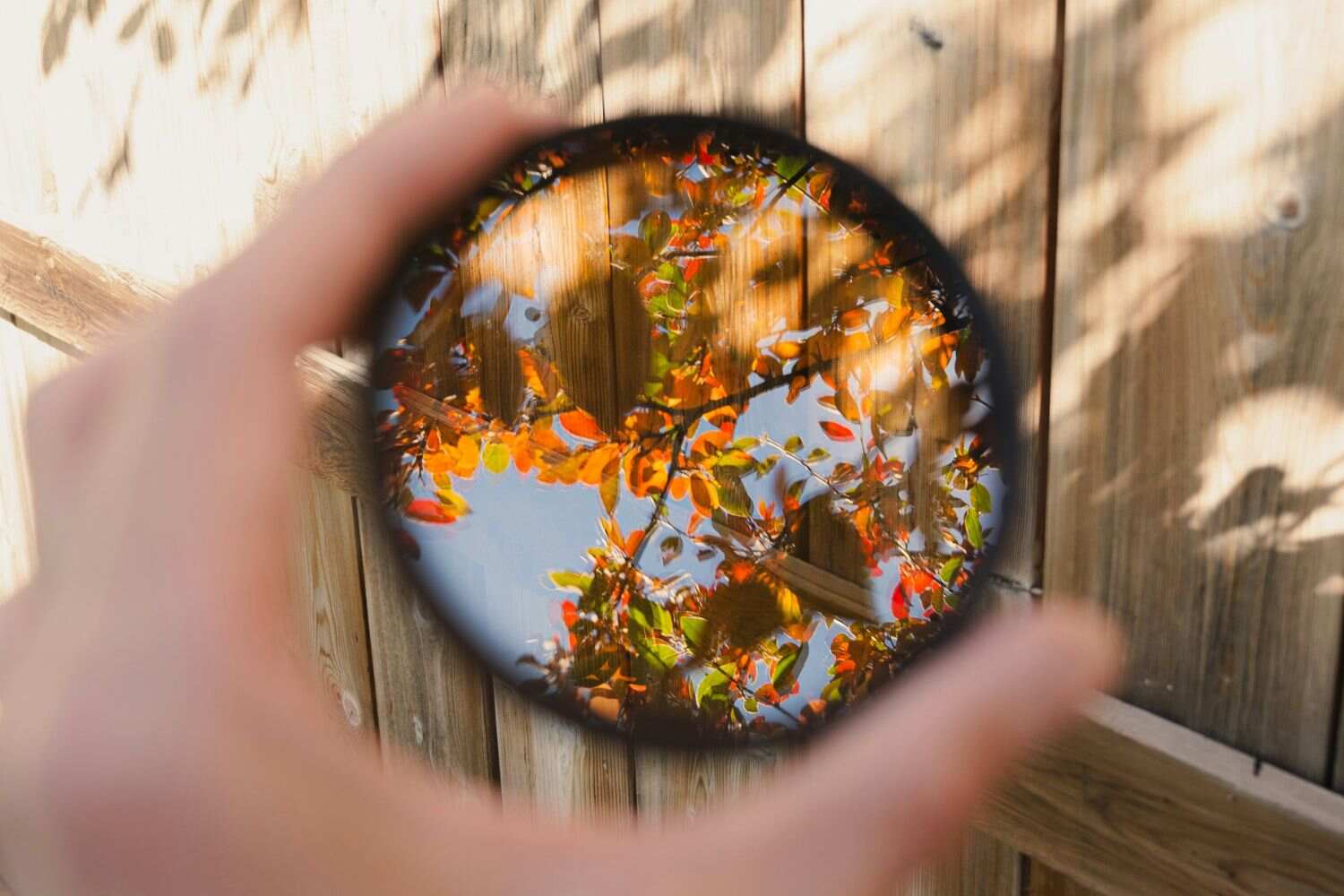
Photo by Jared Rice on Unsplash
3) Remote shutter release
Remote shutters are a great tool to use in long-exposure photography. This will eliminate vibration from touching your camera.

Photo by Kiran CK on Unsplash
4) Weather protection
Weather protection in your equipment will protect them from the elements of weather. Weather protection will make your equipment more durable and consistent performance. You can adapt to the changing weather without worrying about the safety of your equipment.
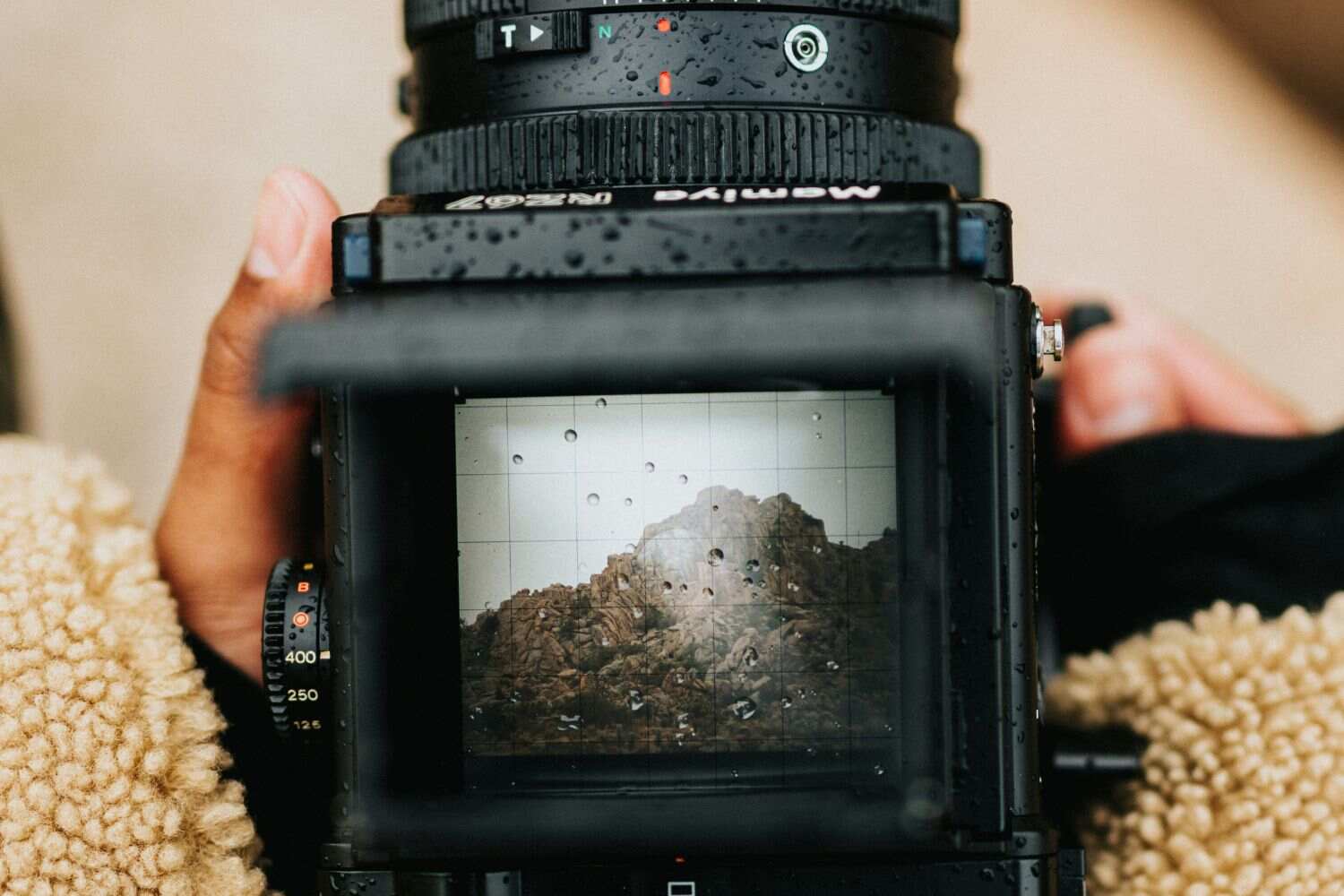
Photo by Nathan Dumlao on Unsplash
5) Navigation
Efficient navigation will aid you in exploring the outdoors. Maps and compasses are the most reliable tools to use. Smartphone navigation apps can also help in finding locations. By having navigation tools, you are able to plan a seamless photoshoot in different settings.

Photo by Nathan Dumlao on Unsplash
Conclusion
Outdoor photography involves finding beauty and diversification in the natural world. In the landscapes of the countryside or movement in bustling streets, outdoor photography will help you freeze the moments. Equip yourself with the right gear and utilize the outdoors.
If you like this article, please share it! Be sure to join our FB Group: https://www.facebook.com/groups/Katebackdrops/ to share your ideas! You can also receive free articles, updates as well as discounts information from https://www.katebackdrop.com/ and our FB Group.

 Custom Printed Fabric Backdrops
Custom Printed Fabric Backdrops Custom Rubber Floor Mats
Custom Rubber Floor Mats Custom Collapsible Backdrops(double-sided)
Custom Collapsible Backdrops(double-sided) Custom Hand Painted Canvas Backdrops
Custom Hand Painted Canvas Backdrops Custom Vinyl Backdrops
Custom Vinyl Backdrops Arch
Arch
